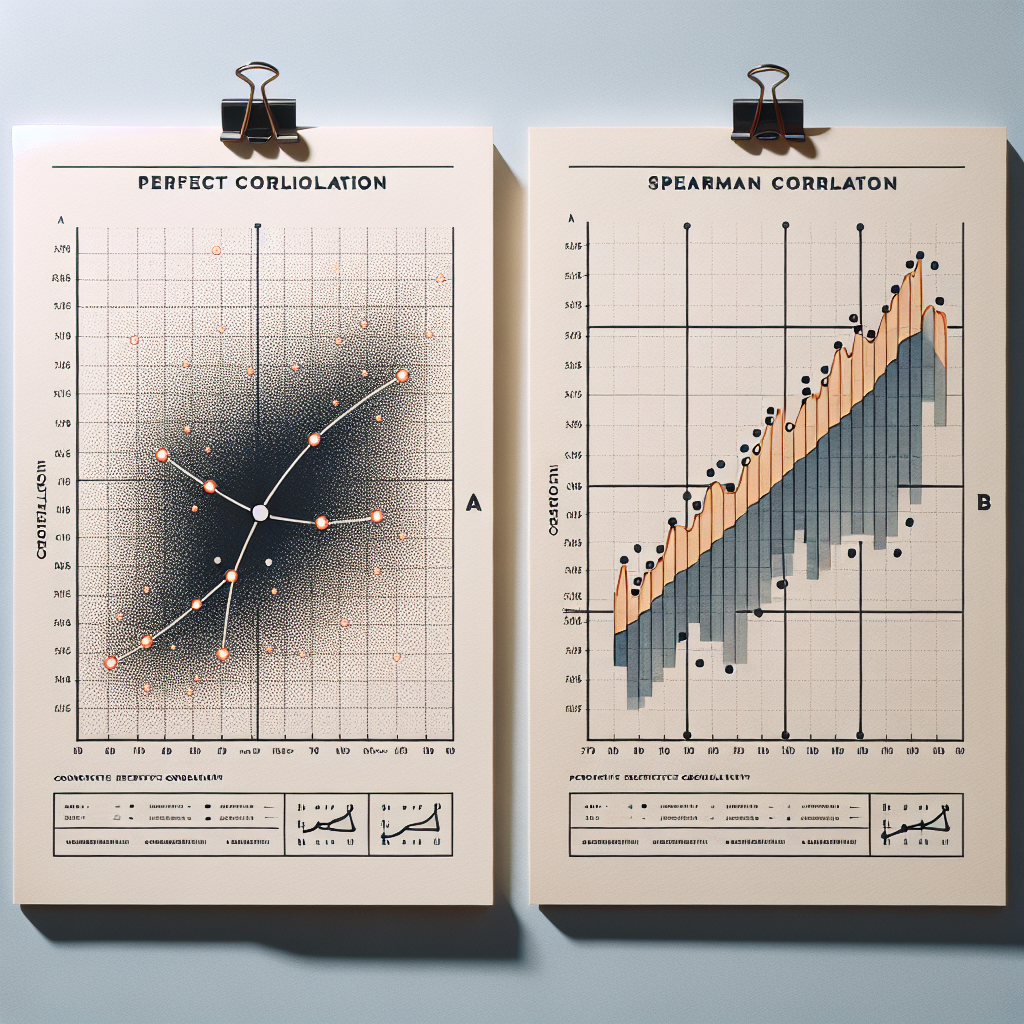[ad_1]
When it comes to statistical analysis, choosing the right correlation method can significantly impact the results and conclusions drawn from a study. Two commonly used correlation coefficients are Spearman and Pearson. In this article by StatisMed, we will delve into the differences between Spearman Rank Correlation vs Pearson Correlation, highlighting their unique characteristics and suitable applications.
Introduction
Statistical analysis plays a crucial role in the medical field, helping medical doctors make informed decisions based on data-driven insights. At StatisMed, we understand the importance of accurate and reliable statistical analysis services to support medical professionals in their practice.
In this comprehensive guide, we will explore the distinctions between Spearman Rank Correlation vs Pearson Correlation, shedding light on when each method is most appropriate and how they differ in their calculations.
What is Spearman Correlation?
Spearman correlation, named after Charles Spearman, is a non-parametric measure of correlation that assesses the strength and direction of the relationship between two variables. Unlike Pearson correlation, Spearman correlation does not assume a linear relationship between the variables and is based on the ranks of the data points rather than their actual values.
Key Points:
- Spearman correlation is suitable for ordinal or ranked data.
- It is robust to outliers and does not require the data to be normally distributed.
- The range of values for Spearman correlation coefficient is between -1 and 1.
What is Pearson Correlation?
Pearson correlation, developed by Karl Pearson, is a parametric measure of correlation that evaluates the linear relationship between two continuous variables. It computes the degree of association between the variables based on their actual values, assuming that the relationship is linear and follows a normal distribution.
Key Points:
- Pearson correlation is ideal for interval or ratio data with a linear relationship.
- It is sensitive to outliers and assumes the data follows a normal distribution.
- The range of values for Pearson correlation coefficient is also between -1 and 1.
Differences Between Spearman and Pearson Correlation
Assumptions:
- Spearman: Does not assume a linear relationship or normal distribution.Pearson: Assumes a linear relationship and normal distribution.
Type of Data:
- Spearman: Suitable for ordinal or ranked data.Pearson: Ideal for interval or ratio data.
Robustness:
- Spearman: More robust to outliers.Pearson: Sensitive to outliers.
Calculation Method:
- Spearman: Based on ranks of data points.Pearson: Based on actual values of data points.
- Interpretation:
- Spearman: Describes monotonic relationships.Pearson: Describes linear relationships.
When to Use Spearman vs Pearson Correlation?
- Spearman: Use Spearman correlation when dealing with non-linear relationships, ranked data, or outliers.
- Pearson: Use Pearson correlation when analyzing linear relationships and normally distributed data.
In conclusion, choosing between Spearman Rank Correlation vs Pearson Correlation depends on the nature of the data and the underlying relationship between the variables. StatisMed offers expert statistical analysis services tailored to the specific needs of medical professionals. Contact us for reliable and accurate statistical analysis solutions tailored to the healthcare industry.
Remember, selecting the appropriate correlation method is crucial for obtaining valid and meaningful results in statistical analysis. Stay informed and make informed decisions with StatisMed.
[ad_2]




